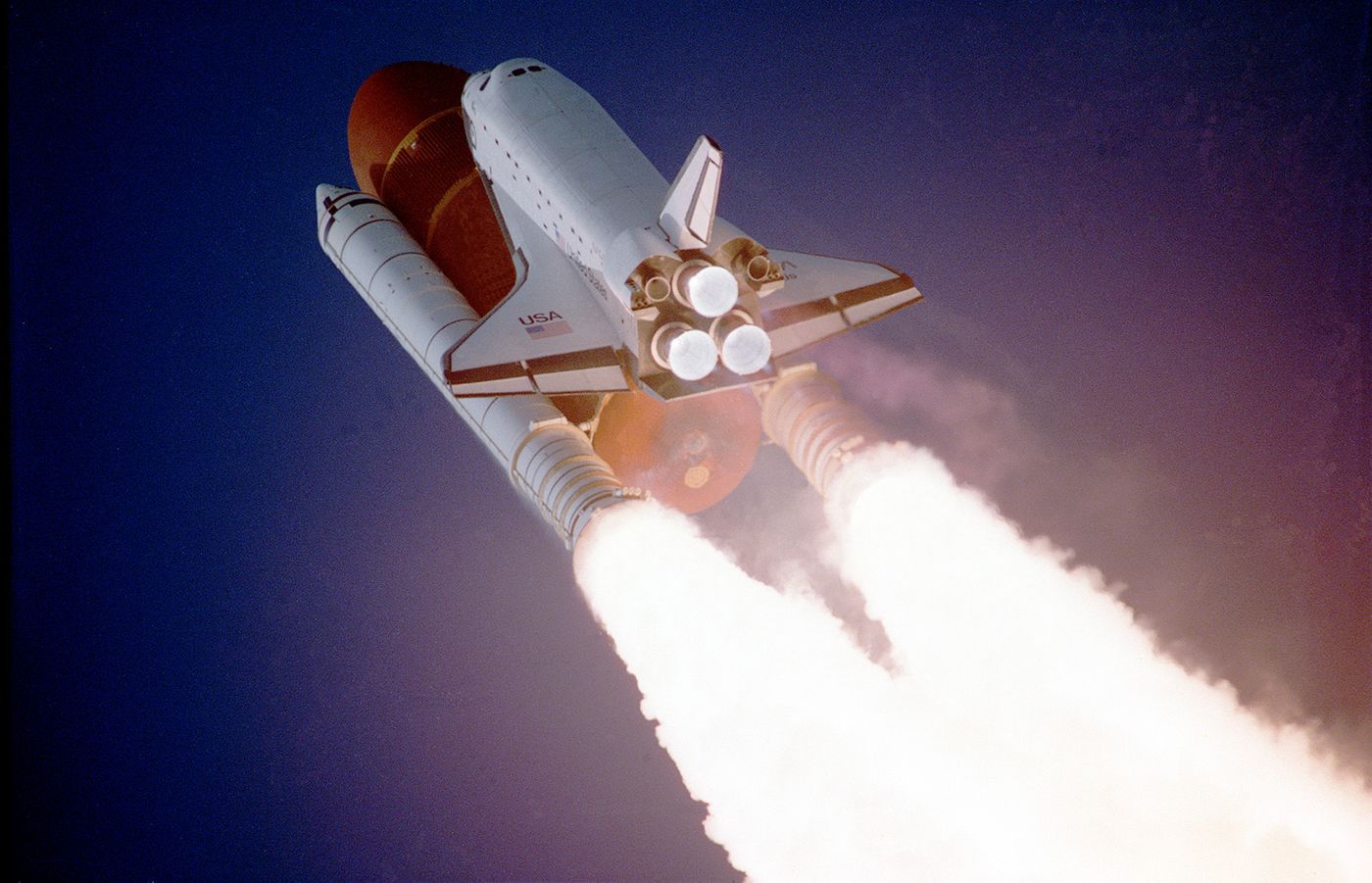Using Bacteria to Make Rocket Fuel
A recent study conducted by a team of biofuel experts at Lawrence Berkeley National Laboratory (Berkeley Lab) and published in Joule discusses a new class of sustainable biofuels powerful enough to launch rockets. While humans have been making fuel from petroleum since the 1800s, the process involves some rough chemistry to make it work. On the other hand, bacteria have been making carbon-based energy molecules for billions of years.
In terms of rocket fuel, NASA currently utilizes a combination of fuel (liquid hydrogen) and an oxidizer (liquid oxygen) to make their massive rockets lift off from the launchpad and into space. While both technologically effective and awe-inspiring to watch, there have also been some environmental concerns due to the different types of fuels that are used to make these building-sized behemoths catapult into the unknown.
Using biology as an inspiration, the Berkeley Lab team successfully created what’s known as polycyclopropanated fatty acid methyl ester (POP-FAME) fuels in bacteria, which can possess energy densities larger than the most widely used rocket and aviation fuels, including rocket fuels used by NASA. 2
"This biosynthetic pathway provides a clean route to highly energy-dense fuels that, prior to this work, could only be produced from petroleum using a highly toxic synthesis process," said project leader Jay Keasling, a synthetic biology pioneer and CEO of the Department of Energy's Joint BioEnergy Institute (JBEI), and a co-author on the study. "As these fuels would be produced from bacteria fed with plant matter -- which is made from carbon dioxide pulled from the atmosphere -- burning them in engines will significantly reduce the amount of added greenhouse gas relative to any fuel generated from petroleum."
Data from simulations show that POP fuel candidates are both stable and safe at room temperature and their energy density values will be greater than 50 megajoules per liter (MJ/L) after chemical processing. For context, regular gasoline possesses an energy density of 32 MJ/L while both JetA (the most common jet fuel) and RP1 (a popular kerosene-based rocket fuel used by NASA and SpaceX), contain around 35 MJ/L.
During the study, the research team found that POP-FAMEs share structural similarities to an experimental petroleum-based rocket fuel called Syntin. This rocket fuel was developed by the Soviet Union in the 1960s and used for several launches of its Soyuz spacecraft in the 1970s and 1980s. However, its manufacturing was discontinued due to high costs and the troublesome process in making it, most notably episodes of synthetic reactions with toxic byproducts and an explosive and intermediate.
"Although POP-FAMEs share similar structures to Syntin, many have superior energy densities. Higher energy densities allow for lower fuel volumes, which in a rocket can allow for increased payloads and decreased overall emissions," said Alexander Landera, a staff scientist at Sandia National Laboratories, and a co-author on the study. "When blended into a jet fuel, properly deoxygenated versions of POP-FAMEs may provide a similar benefit."
For a next step, the group hopes to create a process where they can successfully remove the two oxygen atoms on each molecule, both of which add weight but are an inconvenience to combustion.
Sources: Joule, NASA, Space.com
As always, keep doing science & keep looking up!









